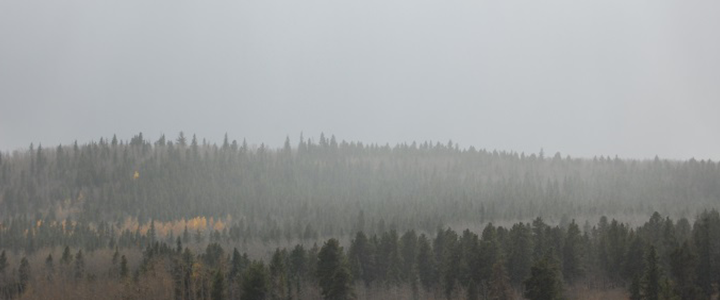
Commissioner’s Column: Understanding Our Air Quality Action Days
Since late May the smoke from wildfires in eastern Canada has traveled down to the U.S. and caused major problems for our air quality. While New Hampshire was spared some of the more drastic impacts, we did feel the effects. In fact, we initially had to issue two smoke advisories over the span of one week to account for the particle air pollution coming from our northern neighbor.
The first advisory issued on May 31 was a warning for people who are sensitive to air pollution, or especially sensitive to smoke, but by the time the next week rolled around, we had elevated to a full Air Quality Action Day (AQAD), when the air pollution was expected to exceed the federal health standard. Again, when weather patterns shifted and re-directed the plume from distant wildfires into New Hampshire, we issued smoke advisories for June 29 and 30. Typically, we issue a few AQADs a year; we have had multiple so far in 2023.
What does it mean when NHDES officials call for an Air Quality Action Day? Moreover, how does that impact you?
The U.S. Air Quality Index (AQI) is EPA’s index for reporting air quality. The AQI has six categories, and each category corresponds to a different level of health concern. When air pollution levels in New Hampshire are predicted to be at or exceed the “unhealthy for sensitive groups” level, an AQAD is declared. The full chart describing the categories and who is most affected can be found on the Air Quality Forecast page. The information found on this page reports on two air pollutants: ground-level ozone and particle pollution (fine particles). An AQAD can be issued for levels of either pollutant.
Fine particle pollution consists of both solids and liquid droplets that are less than 2.5 microns in diameter (ug/m3). Exposure to particle pollution is associated with numerous serious health effects. It can be inhaled deeply into your lungs, and some may even get into your bloodstream causing damage to the heart. Fine particle pollution is monitored year-round.
Ozone is a gas composed of three atoms of oxygen. Ozone occurs both in the upper atmosphere and at ground level. In the upper atmosphere, ozone shields us from the sun’s harmful ultraviolet rays, but at ground level, it is a harmful air pollutant and the main ingredient in smog. Symptoms of ozone exposure may include coughing, wheezing, chest tightness, shortness of breath, or pain when inhaling deeply. Ozone can also seriously irritate the throat, nose, eyes and respiratory system. The amount of ground level ozone in the air is contingent upon weather changes, wind velocity and direction, sunlight, heat and the amount of pollution being transported into the state. Ground level ozone often increases during periods of hot and humid weather, which is why it is closely monitored from March through September. While ozone levels across the nation have decreased over the past 10 to 25 years, there were three occasions in the summer of 2022 when an AQAD was issued for ozone.
When the levels reach or exceed the “unhealthy for sensitive groups” category for either ground-level ozone or particle pollution, NHDES issues an AQAD advising that sensitive individuals take precautions to protect their health by limiting prolonged outdoor exertion. Sensitive individuals include children and older adults; anyone with lung disease such as asthma, emphysema or bronchitis; and people who are active outdoors. Even non-sensitive individuals could experience mild health effects and may want to consider limiting strenuous or prolonged outdoor activities.
If you fall under the category of sensitive individual, be sure to be pay attention for an Air Quality Action Day. You can follow along and get current air pollution levels by visiting our Air Quality Current Data webpage or calling 1-800-935-SMOG. Or sign up for our alerts and get notifications sent directly to your email. It is important for everyone to understand the meaning behind these days and the effects they might have on you or your loved ones.




